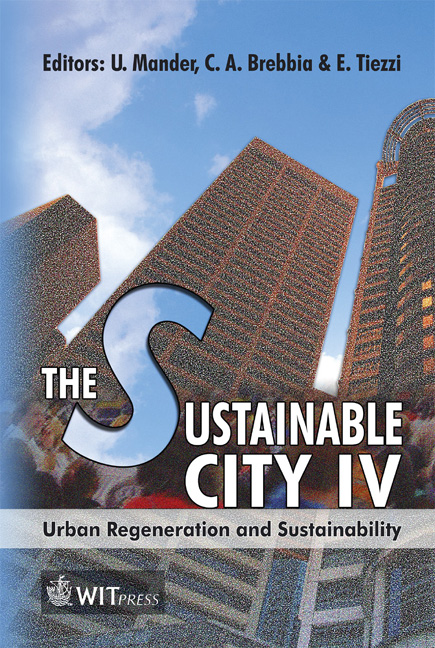The Neighbourhood Imperative In The Sustainable City
Price
Free (open access)
Transaction
Volume
93
Pages
9
Published
2006
Size
252 kb
Paper DOI
10.2495/SC060681
Copyright
WIT Press
Author(s)
W. Humber & T. Soomet
Abstract
The idea of the neighbourhood describes more intimate local places in the contemporary city but it remains an illusive and therefore contested term with less use than it might have in creating more sustainable cities. It is depicted as one of the more significant foundations for building greater equity in the distribution of public resources and social capital, even as the \“Not In My Backyard” (NIMBY) syndrome often paralyzes public action through community disengagement from larger obligations. Its contradictory nature reflects its place in everyday life as, on the one hand, defined by its familiarity and special distinction to residents, but on the other as a commodity for the real estate industry and individual property owners. The real contested character of the neighbourhood however makes it the ideal setting for examining, experimenting with, and implementing a coherent program of sustainability. This paper examines the modern character of the neighbourhood, its roots in garden cities, its three distinct formations, and the challenge to its authenticity as either no more than a sentimental abstraction with no social meaning or one whose limited legitimacy is undermined by continuing privatization and the hyper technological connectivity of individual life. The neighbourhood is a place that can support more indigenous economies, sustainable technologies and infrastructure, and genuine forms of public participation, as part of the renewal of contemporary cities. Keywords: governance, city regions, infrastructure, creative city, social capital, regeneration, new urbanism, neighbourhood, NIMBY, sustainability. 1 Nature of the modern world and the city We live in an urbanizing world. General estimates place urban residence as the living place of 60% of the world’s population and this figure could reach 70% by
Keywords
governance, city regions, infrastructure, creative city, social capital, regeneration, new urbanism, neighbourhood, NIMBY, sustainability.





